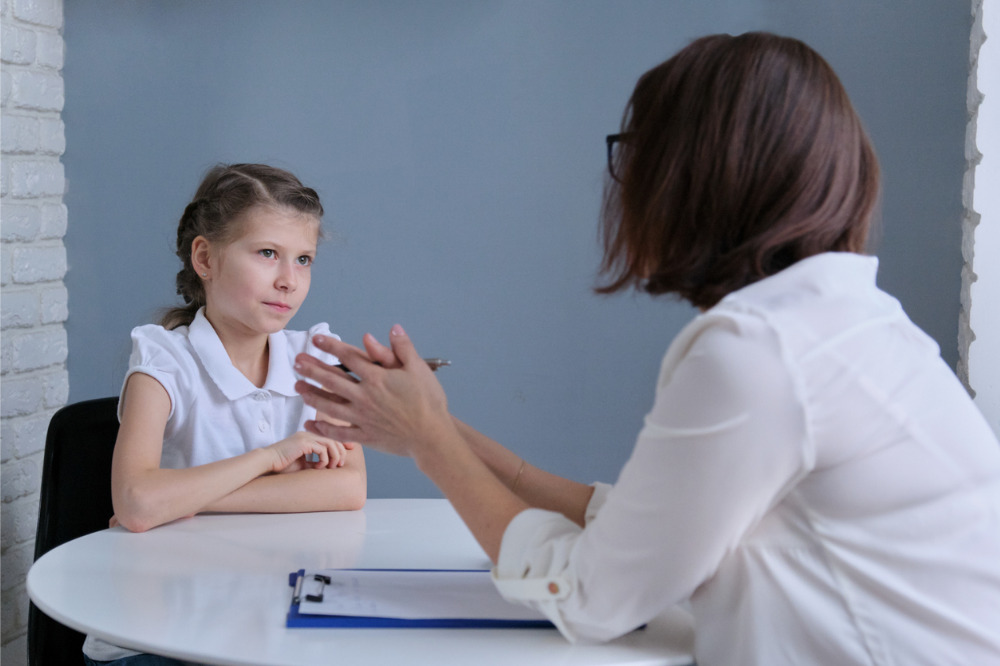
This article was produced in partnership with Pivot PL, an organisation helping schools improve teaching practice, student wellbeing and leadership with actionable, evidence-based insights.
Pivot PL began as a lively discussion between three women sharing a passion for education. The organisation now serves over 700 schools across Australia to improve teaching at the classroom, school and system level, and providing educators with a shared language for discussing different teaching approaches with colleagues.
The findings from a 2021 pilot of a new student wellbeing tool from Pivot PL has important lessons for schools setting out wellbeing plans during a new wave of the pandemic.
While most of the Pilot schools implemented the Wellbeing for Learning tool during remote learning, it was seen as an essential priority because they knew that focusing on wellbeing would support students through the disruption. The schools were able to monitor the general wellbeing, resilience, safety, and belonging of students as well as protective behaviours like sleep, schoolwork and family. A leader taking part in the pilot shared:
“Starting the school morning every morning by helping our students be their best and give their best, and looking at their wellbeing, is really important for us.”
Over 20,000 young people took part in the pilot, which found a full third of the learners struggled with their wellbeing each week. While the need for support was common, students identified that they didn't know who to talk to or how to ask for help when they had a problem.
Many of the pilot schools had processes to support students, but were surprised by the number of new students asking for help. 80% of help-seeking students were new each week. When completing the weekly, one-minute wellbeing check-in, students in the pilot could send an alert for help to teachers or wellbeing leaders, and be connected to support services beyond the school. This data informed schools where to direct their efforts in ways that hadn’t been possible before, guided by targeted, evidence-based resources for pastoral care leaders and teachers.
It was clear from the pilot that a focus on wellbeing with a fit-for-purpose tool can make a difference for students. Early findings showed an uptick in students knowing where to go for support, and the research shows that when students seek help it can have a dramatic positive impact on general wellbeing. For schools, access to this kind of data was an important part of an overall approach to wellbeing:
“Getting to know our students as a whole student, as a whole person, is paramount. It’s really important to make sure that they have a trusted teacher they can go to, and that can help them get started on the right foot.”
Research shows that students who are happy and well are better able to learn and that youth wellbeing is in decline2. Schools who check in regularly, monitor wellbeing, and are ready to respond have a reliable way to support their students. Wellbeing tools can guide schools to show genuine curiosity, care and concern for how young people are feeling and present an opportunity not to be missed.
Pivot will publish a report on the evidence from the Wellbeing for Learning pilot. Schools can get access to the findings, and learn more about the tool by signing-up for a demo of the Pivot platform.


